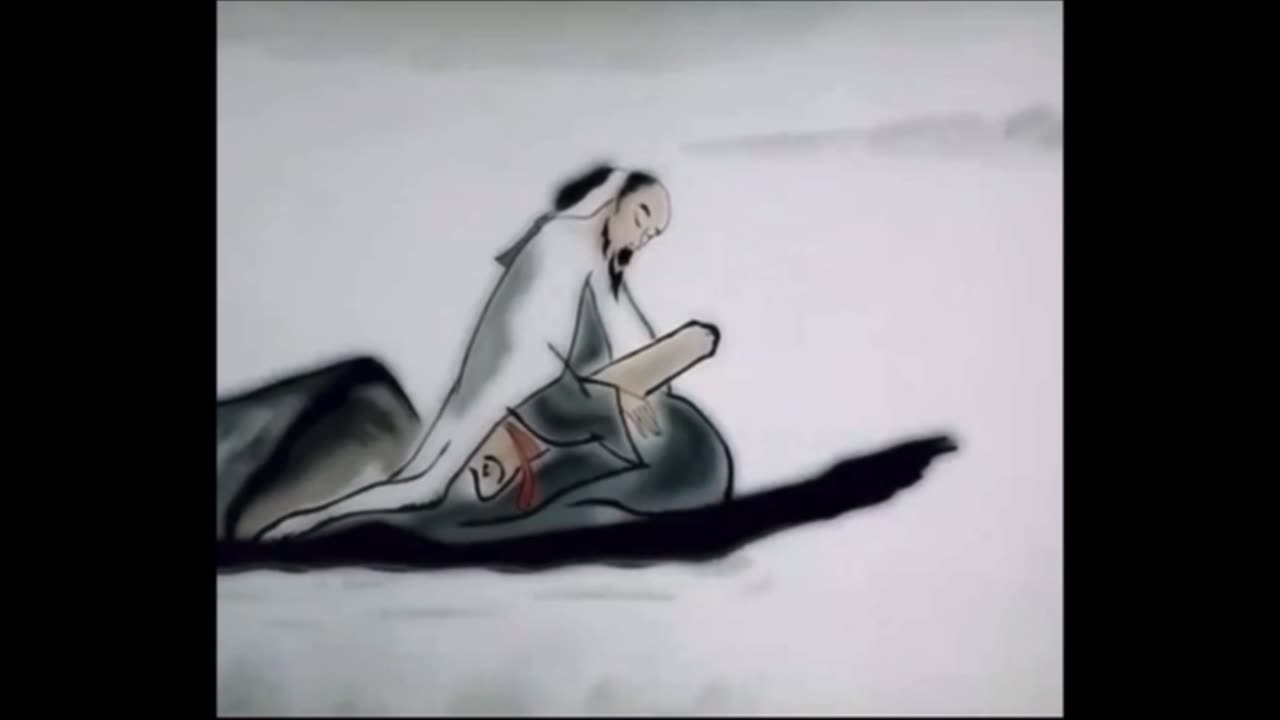Premium Only Content

Ink Wash Animation: 1988
In the 1950s, Chinese animation was made in Shanghai under the #Maoist government. Animators at #ShanghaiFilmStudio, which was funded and owned by the government, were tasked with creating cartoons for children. The artists educated themselves by studying animated films from America, Japan and Russia.
“We learned everything we could from them, and they all influenced us to a certain degree,” recalled Duan Xiaoxuan, a pioneering camerawoman at the studio. “But how were we supposed to make something actually Chinese?”
Led by director Te Wei, the #Shanghai animators set about solving that problem. The political winds were in their favor in the mid-1950s. #Inkwash painting was in vogue, after being denounced just a few years before. What was praised or banned under #Mao could change at a moment’s notice — suddenly, the “opponents of traditional ink painting were considered enemies of the nation,” wrote historian Daisy Yan Du.
Focusing on traditional stories, the #上海 made cel animation inspired by Peking opera, and puppet films based on folktales. As time passed, and as the Shanghai Animation Film Studio came into being, the first ink-wash film was born — Little Tadpoles Looking for Mama (1960).
Sources:
Feeling of the Mountain and Water (1988)
Animation Obsessive Substack, https://animationobsessive.substack.com/p/animating-chinese-ink-wash-paintings
#animation #historyofanimation #chineseanimation #inkwashdrawing #inkwashanimation #viralshorts #viralshort #shortsviral #disney #disneyanimation #anime #historyofanimation #manga #dreamworks #art #d #digitalart #cartoon #illustration #anime #danimation #design #artist #drawing #motiongraphics #graphicdesign #artwork #aftereffects #blender #cinema #motiondesign #animationart #sketch #characterdesign #film #video #animated #artistsoninstagram #music #disney #love #motion #dart
-
 0:57
0:57
RadioWhoPoo
28 days agoBlack on White Crime: Logan Braatz
281 -
 LIVE
LIVE
Melonie Mac
2 hours agoTomb Raider the Angel of Darkness Remaster Stream!
324 watching -
 LIVE
LIVE
Major League Fishing
2 days agoLIVE! - Bass Pro Tour: Stage 2 - Day 2
602 watching -
 1:56:46
1:56:46
Benny Johnson
3 hours agoTrump Unleashes MASS FIRINGS Across Government, Feds Scramble to COVER UP Their Crimes | PANIC IN DC
113K142 -
 2:04:41
2:04:41
Tim Pool
4 hours agoAdult Content, OnlyFans DESTROYS Society & Relationships | The Culture War with Tim Pool
91.2K52 -
 1:02:30
1:02:30
The Dan Bongino Show
5 hours agoDeranged Libs Go All In For Ukraine War and Govt. Corruption (Ep. 2423) - 02/14/2025
638K962 -
 55:07
55:07
The Rubin Report
4 hours agoOval Office Crowd Stunned by RFK Jr.’s Unexpected Admission in His Acceptance Speech
93.5K63 -
 1:06:38
1:06:38
Steven Crowder
5 hours agoTruth in Love: Homosexuality in the Church
258K320 -
 2:03:01
2:03:01
LFA TV
18 hours agoJUDGE WARS AGAINST TRUMP! | LIVE FROM AMERICA 2.14.25 11AM
58.4K29 -
 2:04:46
2:04:46
Film Threat
17 hours agoCAPTAIN AMERICA: BRAVE NEW WORLD REVIEW! | Film Threat Livecast
21.7K